Inga (common name shimbillo) is a genus of small tropical, tough-leaved, nitrogen-fixing trees and shrubs, subfamily Mimosoideae. Inga’s leaves are pinnate, and flowers are generally white. Many of the hundreds of species are used ornamentally.
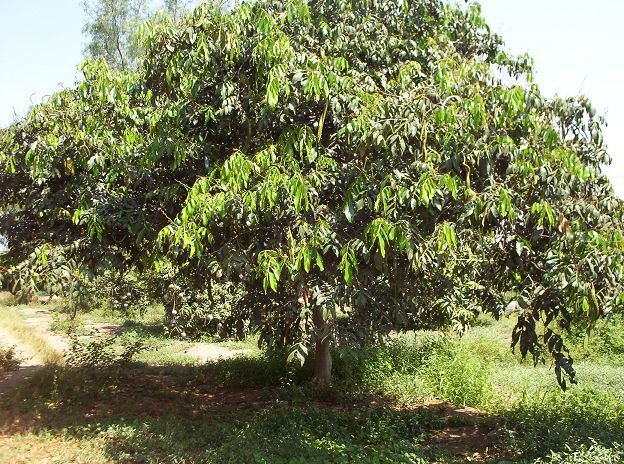
The seeds are covered with sweet white powder. The pulp covering the seeds is lightly fibrous and sweet, and rich in minerals; it is edible in the raw state. The tree’s name originates from the Tupi word in-gá meaning “soaked”, due to the fruit powder consistency. The tree usually blossoms twice a year.
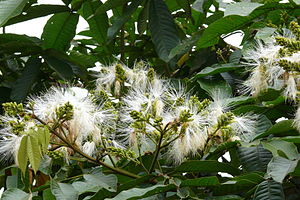
Within the Inga genus there are around 300 species, most of them native and growing in the Amazon forest region although some species are also found in Mexico, Greater and Lesser Antilles and other countries in South America, being an exclusively neotropical genus. The trees are usually found by river and lake edges because their seeds are carried there by floods.
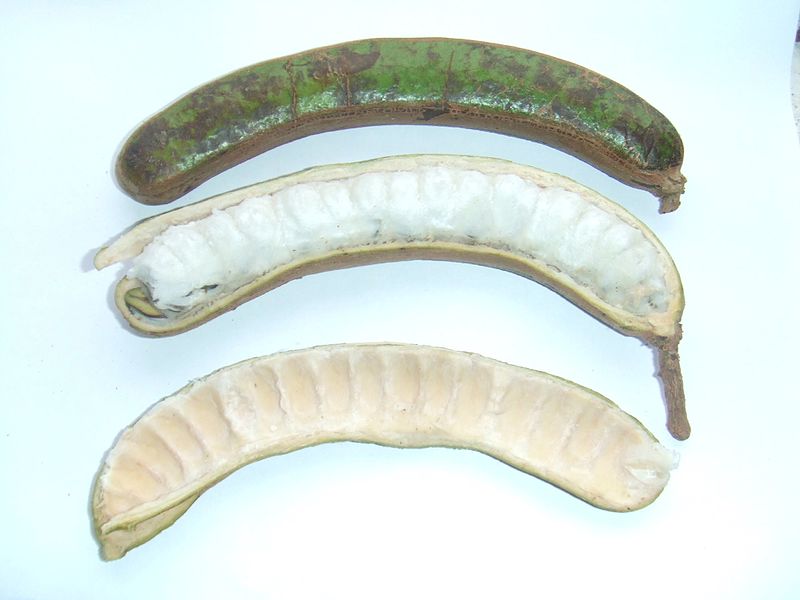
All Inga species produce their seeds in “bean-like” pods and some can reach up to 1 m long, in general the pods are 10–30 cm long.
Trees can reach up to 15 metres and they are widely used for producing shade over coffee plants. The plant benefits from well drained soil. The flowers are white with some green and the tree can produce fruits almost all year long.
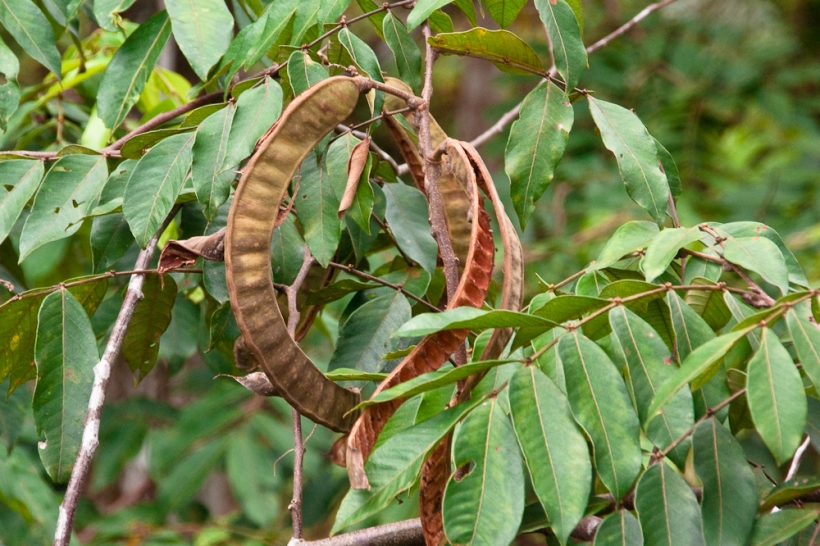
Inga species, most notably Inga edulis (commonly known as “ice-cream-bean” or, in Spanish, “guama”, “guaba”, “guaba de bejuco” or “paterna” depending on the country or region) often have edible pulp. The name derives from the fact that those of I. edulis resembles vanilla ice cream in flavour.
In Ecuador, Inga edulis is known as “guaba de bejuco” and, the other popular species there, Inga spectabilis , as “guaba de machete”
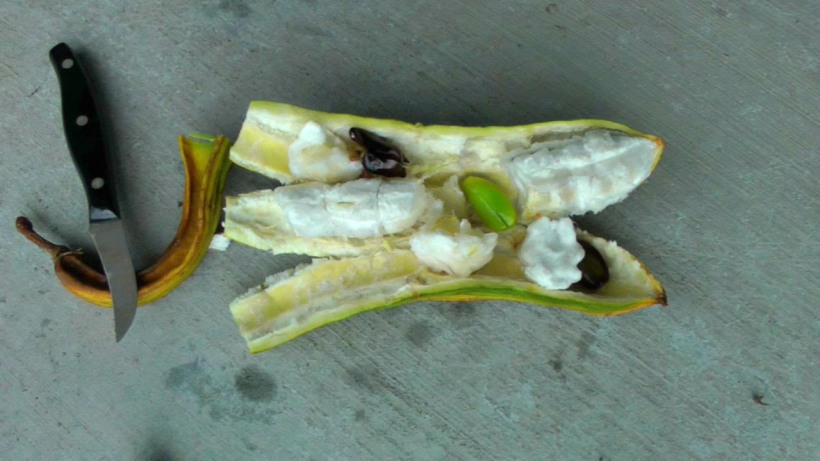
Use in agroforestry
Alley cropping techniques using species of Inga have been developed to restore soil fertility, and thereby stem the tide of continual slashing and burning of the rainforest. Species which have proven effective for alley cropping include Inga edulis and Inga oerstediana. Much of the research was done by Mike Hands at Cambridge University over a 20-year period. Inga species are also commonly used as shade trees for coffee, cocoa, and tea.
Other uses
as a syrup for treating bronchitis
as a tea to aid in healing wounds
It is often used as lumber in construction and furniture making.